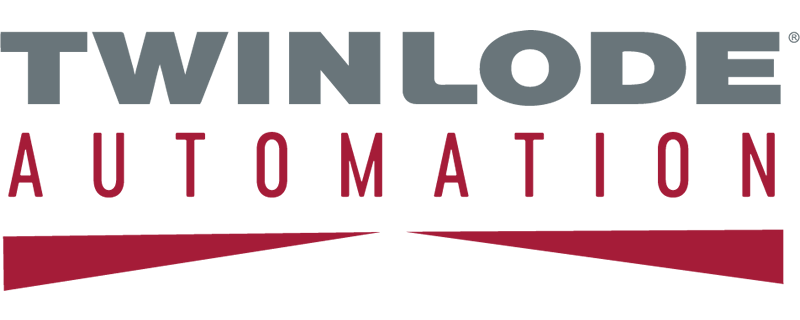
09 Apr Adapting to Change in Dynamic Supply Chains
As the global supply chain landscape shifts beneath our feet, businesses face a pressing need to adapt swiftly and strategically. In the bustling world of warehouses and distribution centers, change is not just a challenge to overcome—it’s an opportunity to evolve. But how does a company not only manage but thrive amidst such transformation? This article examines strategies for adapting to increased demands with reduced labor, accomplishing more with fewer resources, and enhancing pick and utilization rates through effective staff training and updated standard operating procedures.
Responding to Rising Demand with Streamlined Labor
In an era where consumer demand scales rapidly, warehouses are often caught with the need to accelerate output while contending with labor shortages. Companies that succeed are those that leverage innovation to amplify the productivity of their existing workforce. Automation is the linchpin in this process—integrating systems like automated storage and retrieval (AS/RS), AGVs, AMRs, and conveyance systems can drastically reduce the strain on personnel, allowing a smaller team to achieve what once required a large one.
Moreover, optimizing workflows and employing predictive analytics for better workforce planning can preempt bottlenecks. A nimble approach, where cross-training employees across multiple roles, ensures that the workforce can pivot as demand ebbs and flows, making the operation more resilient to the unpredictability of supply chain pressures.
Doing More with Less: A Lean Approach
Efficiency is no longer a buzzword—it’s a survival tactic. In the pursuit of ‘doing more with less,’ warehouses are turning to lean principles to identify waste and streamline processes. This means analyzing every step within the warehouse for potential improvements—whether it’s reducing motion by reconfiguring the layout for more direct picking paths or minimizing waiting times by synchronizing the delivery of inventory to the production floor.
A significant part of this lean approach involves a thorough analysis of inventory management practices. Maintaining optimal stock levels and preventing overstocking or understocking can make all the difference in maintaining flow efficiency and reducing holding costs. Such an approach ensures that resources are allocated intelligently, empowering warehouses to meet heightened demands without overextending their capabilities.
Elevating Pick and Utilization Rates through Effective Training and Knowledge Management
With demand rising, the need for efficient picking and high utilization rates has never been more pronounced. Training staff quickly and effectively becomes a crucial cog in the wheel of warehouse operations. The modern warehouse demands a workforce that is agile, skilled, and well-versed in the latest technologies and processes.
Updating Standard Operating Procedures (SOPs) to reflect the latest best practices ensures that all employees are on the same page, reducing errors and improving overall efficiency. However, SOPs are only as effective as their implementation, which is why a robust training program is indispensable. Incorporating interactive learning methods, like virtual reality or gamification, can significantly improve the speed and retention of training.
Combatting “tribal knowledge”—the informal sharing of knowledge that isn’t documented—ensures that critical operational know-how is preserved and disseminated across the organization. By creating a culture where knowledge sharing is incentivized, and all information is systematically documented, warehouses can ensure that every team member is equipped to contribute to the facility’s success.
Embracing Change with Confidence
Change is not just another hurdle; it’s the track on which the future of warehousing will race. By adopting a strategic approach to labor management, embracing lean methodologies, and cultivating an environment of continuous learning and improvement, companies can adapt to changes in supply chains with agility and insight. As we face the tides of increased demand and evolving market dynamics, the warehouses and distribution centers that will not only survive but thrive are those that view change as a catalyst for innovation and growth.
Interested in shaping a resilient future for your warehouse? Contact us to explore how we can help your business navigate the ever-evolving supply chain landscape.



